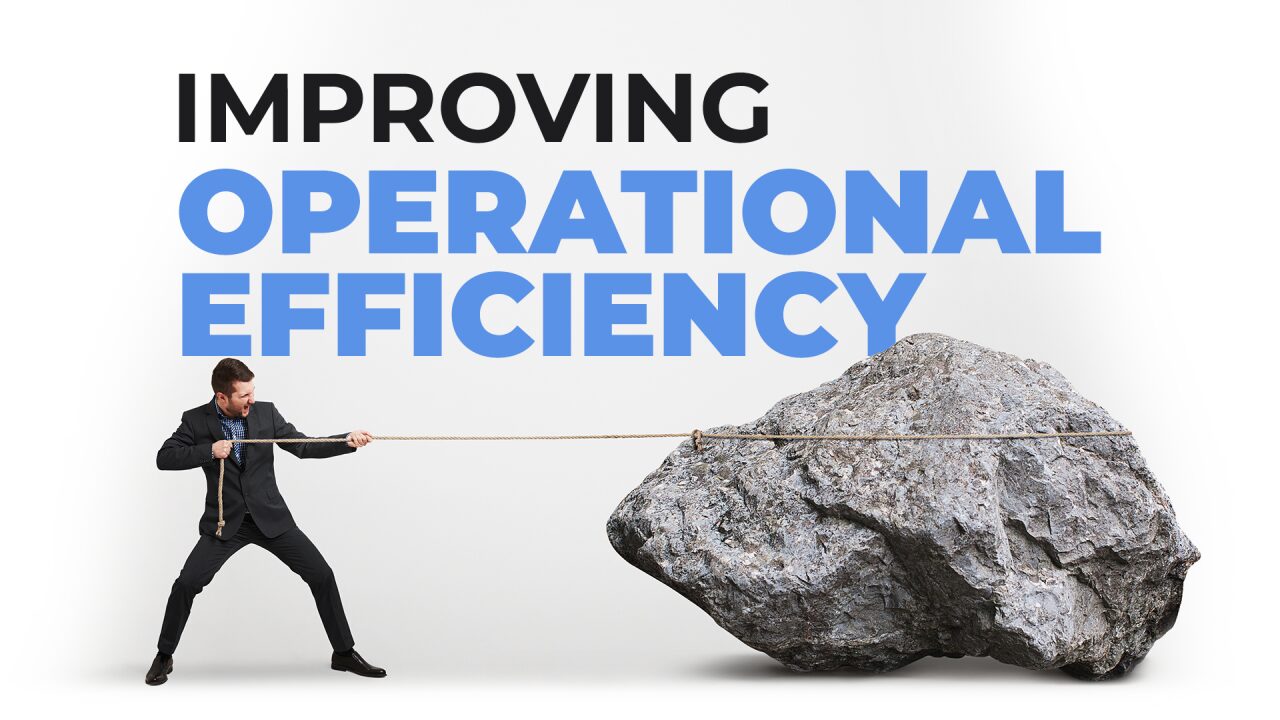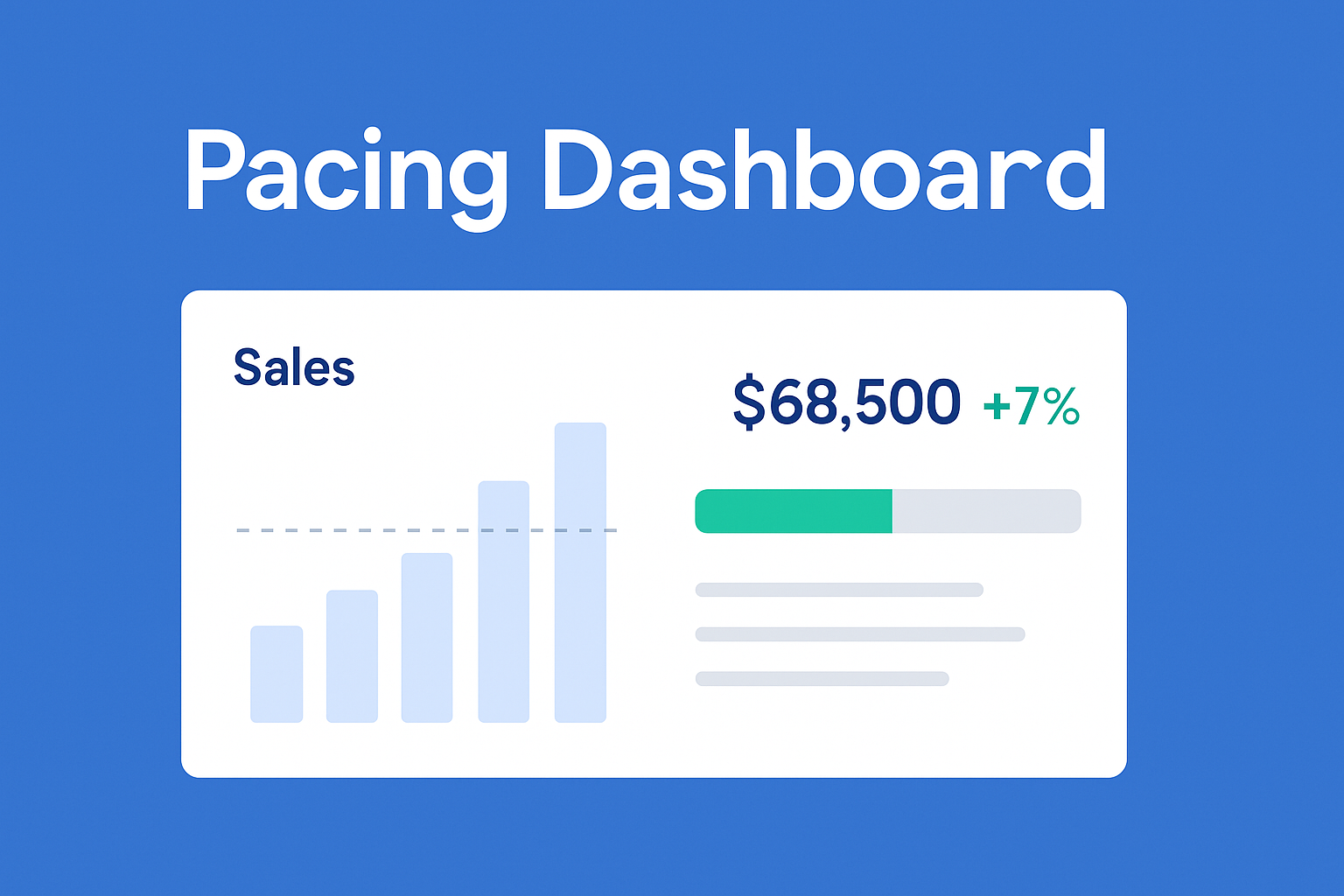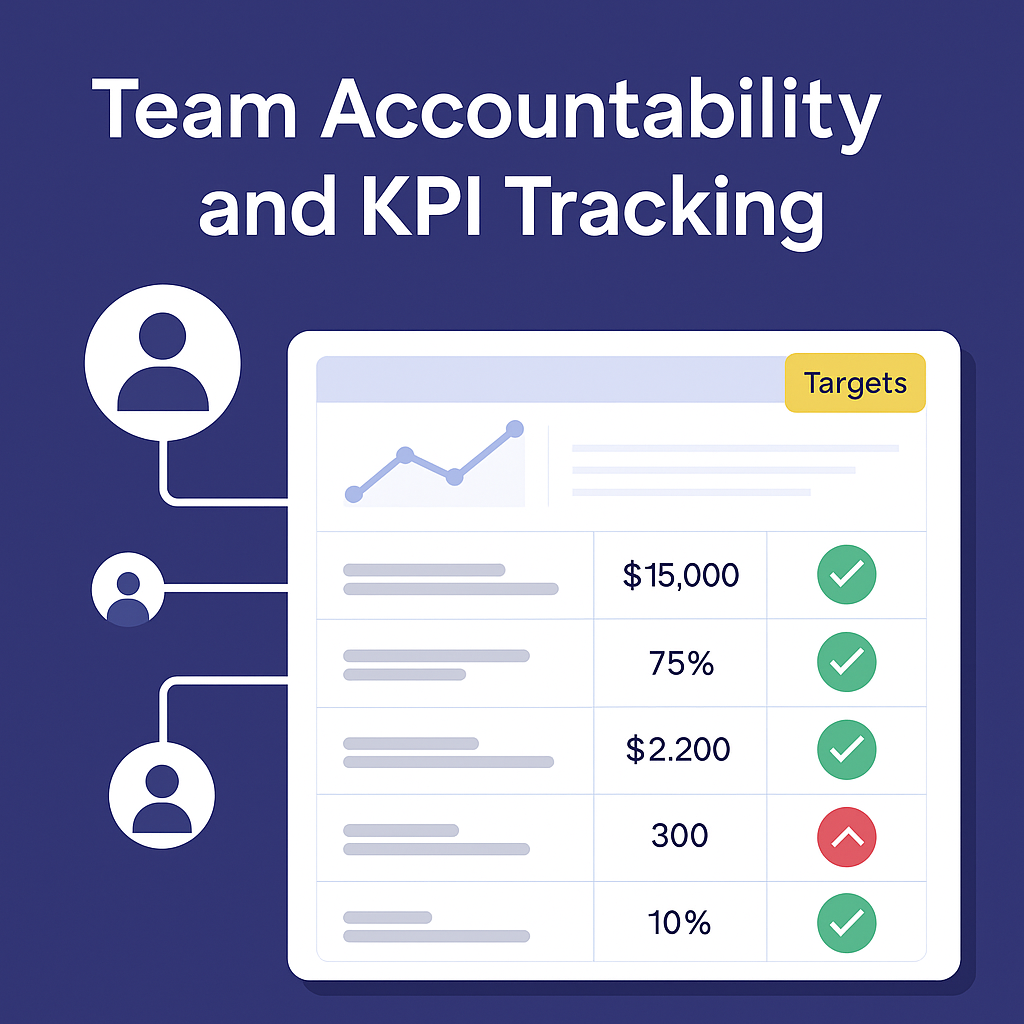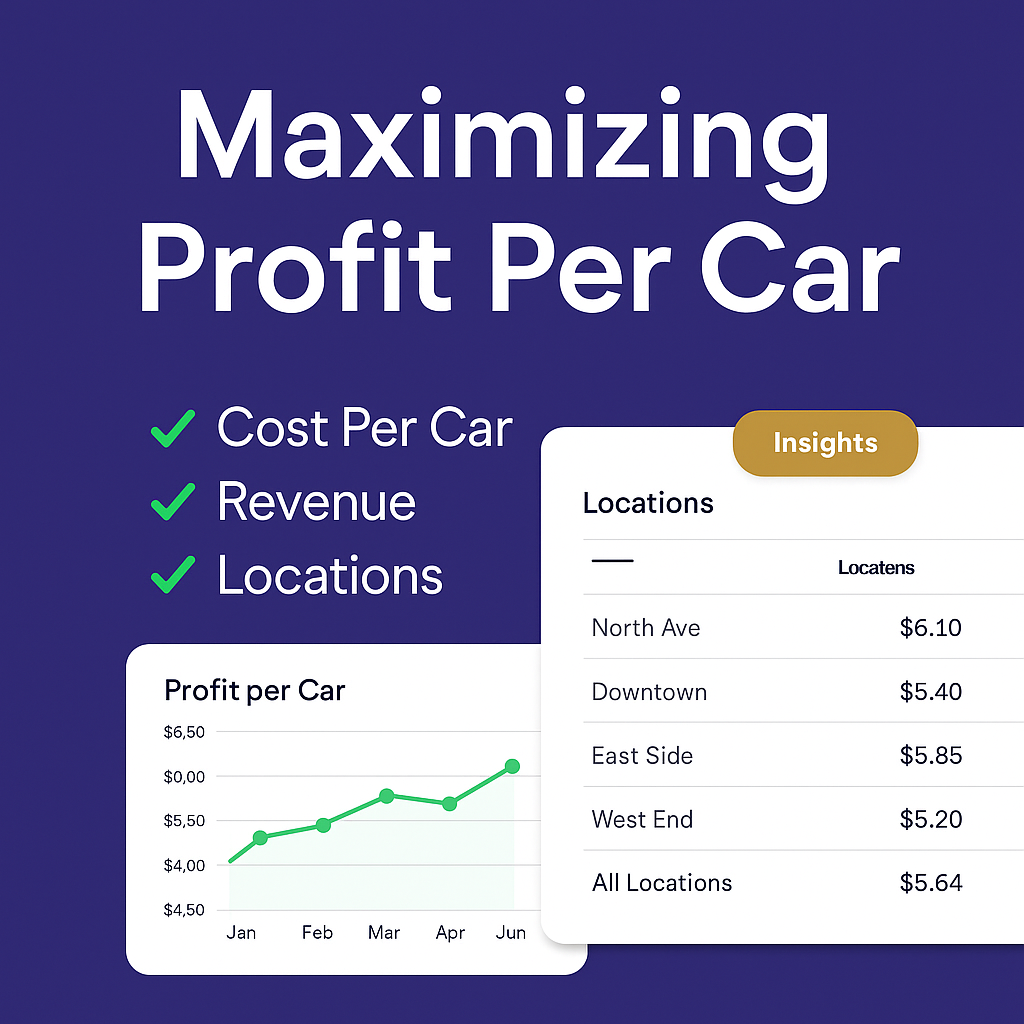
Achieving Operational Efficiency Improvement
In today’s competitive landscape, improving operational efficiency is vital for business success. Understanding the key factors that drive efficiency can significantly impact profits and promote growth, whether your organization is a startup or a multi-site firm.
This blog post explores the essential aspects of operational efficiency. We will highlight the benefits of refining your processes and discuss effective strategies for streamlining operations. Additionally, we will emphasize the importance of measuring progress in ongoing improvements and how technology can play a pivotal role in achieving efficiency goals.
If you are eager to optimize your resources and enhance your business performance, you are in the right place. Join us as we delve into actionable strategies for operational efficiency improvement and discover how to pave the way for your success.
Understanding Operational Efficiency
Operational efficiency refers to an organization’s capacity to deliver products or services effectively and at a lower cost while ensuring high quality. This capability is crucial in business management as it directly influences profitability, productivity, and competitive advantage. By achieving operational efficiency, companies can better utilize their human, financial, and technological resources, maximizing outputs while minimizing inputs.
The significance of operational efficiency can be evaluated through key indicators such as throughput, cycle time, and waste. Throughput measures the amount produced over time, while cycle time indicates the total time taken for a process, and waste reflects non-productive activities. Businesses that prioritize operational efficiency often experience reduced cycle times, allowing them to respond to customer demands more swiftly than less efficient competitors. In fact, data suggests that enhancing operational efficiency can lower operational costs by as much as 20%.
To measure their operational efficiency, organizations track performance metrics like overall equipment effectiveness and staff productivity. However, boosting efficiency involves more than just cost reduction; it fosters innovation and encourages a culture of continuous improvement among employees. Investing in operational efficiency improvement leads to enhanced product quality and increased customer satisfaction, both vital for long-term success in any industry.
Recognizing the importance of operational efficiency is essential for crafting effective strategies aimed at improvement. By identifying inefficiencies within their processes, businesses can implement targeted initiatives that elevate productivity, cut costs, and enhance overall performance.
This understanding opens the dialogue on the numerous benefits of operational efficiency improvement, which are crucial for businesses striving to sustain a competitive edge in today’s fast-paced market.
Benefits of Operational Efficiency Improvement
Improving operational efficiency offers vital advantages that can transform a business’s performance. One of the most significant benefits is cost savings, as streamlining processes can cut operational costs by as much as 30%, depending on the complexity and scale of operations.
Enhanced operational efficiency also leads to higher customer satisfaction. Companies that adopt efficient workflows can deliver products and services more quickly, resulting in up to a 20% increase in customer satisfaction rates. This boost in satisfaction helps foster brand loyalty and encourages repeat business.
Moreover, operational efficiency positively impacts employee morale and engagement. By providing effective tools and streamlined processes, businesses can increase job satisfaction. Surveys indicate that organizations focusing on operational efficiency experience a 15% rise in employee engagement since workers feel empowered and valued.
Time management benefits significantly from improved operational efficiency as well. Optimizing workflows enables businesses to complete projects faster. Many companies report a 25% improvement in project turnaround times after embracing efficiency strategies.
Ultimately, investing in operational efficiency can lead to substantial increases in profitability. By streamlining operations and minimizing waste, businesses may realize up to a 30% increase in profits when these measures are implemented successfully.
In summary, the advantages of operational efficiency improvement extend beyond cost savings. They enhance various elements of an organization, from customer satisfaction to overall profitability. In the next section, we will explore actionable strategies to achieve these critical operational efficiency improvements.
Strategies for Operational Efficiency Improvement
Achieving operational efficiency improvement is crucial for businesses looking to enhance productivity and overall performance. Below are key strategies designed to streamline operations and yield significant results.
- Conduct an operational audit to pinpoint inefficiencies within business processes. This thorough examination helps organizations discover their strengths and weaknesses, identifying redundancies, bottlenecks, and outdated practices that may be hindering performance.
- After identifying inefficiencies, the next step is to optimize and streamline processes. This involves reassessing workflows, eliminating unnecessary steps, and consolidating tasks. Implementing Lean methodology is particularly useful for reducing waste and enhancing speed, ultimately leading to improved operational efficiency.
- Embracing automation and technology is another significant way to boost operational efficiency. Companies should explore various automation tools and advanced technologies that can perform repetitive tasks, enhance accuracy, and allow employees to focus on strategic initiatives. For instance, utilizing project management or customer relationship management software can eliminate substantial manual work, leading to increased productivity.
- Fostering a culture of continuous improvement is essential for sustaining operational efficiency. By encouraging employee feedback and innovation, businesses can create an environment where staff feel empowered to suggest enhancements and experiment with new methods. Organizations that prioritize continuous improvement can swiftly adapt to market changes and internal challenges.
- Investing in employee training and development is also crucial for driving operational efficiency improvement. Providing staff with essential skills and knowledge ensures they are equipped with the latest technologies and best practices, thereby enhancing individual performance and contributing to a more skilled workforce.
Implementing these strategies can significantly improve operational efficiency. It’s essential for businesses to establish clear measures of success to evaluate effectiveness and sustain improvements over time.
The next step involves measuring operational efficiency improvement. Developing proper measurement protocols is vital to assess the impact of implemented changes and inform future strategic decisions.
Measuring Operational Efficiency Improvement
Measuring operational efficiency improvement is essential for businesses seeking growth. Understanding what works and what doesn’t is key to refining operations, resulting in better resource utilization and increased profits. To effectively track operational efficiency improvement, focus on key performance indicators (KPIs) that provide clear benchmarks for evaluation.
Productivity rates are a vital KPI, showing the output generated per unit of input. Additionally, monitoring the cost per unit reveals the expenses involved in producing each item or service. By analyzing these metrics, businesses can identify inefficiencies and set targets based on past performance and industry benchmarks, creating a clear roadmap for progress.
Another critical aspect of measuring operational efficiency improvement is the input-to-output ratio. This metric illustrates how effectively resources are converted into products or services. A high ratio indicates strong operational performance, whereas a low ratio suggests waste or slowdowns. Regularly reviewing this ratio can uncover unnecessary costs and highlight areas that require optimization.
Moreover, fostering a culture of accountability and open feedback is crucial. Training employees on their relevant KPIs helps clarify how their roles contribute to overall operational efficiency. When performance expectations are clearly communicated, employees are more likely to engage and take initiative in driving improvements.
By consistently measuring operational efficiency improvement, businesses can make informed decisions that enhance productivity and profitability. In the future, leveraging technology will be instrumental in refining these measurements and further boosting operational efficiency.
Leveraging Technology for Operational Efficiency Improvement
In today’s fast-paced business environment, leveraging technology is essential for achieving operational efficiency improvement. Advanced tools and systems streamline processes and enhance productivity, enabling companies to operate at higher efficiency levels.
Business intelligence platforms play a vital role in providing insights into operational performance. By allowing organizations to visualize and analyze data, these platforms offer a clear perspective on business processes. Integrating data from various departments empowers companies to make swift, data-driven decisions rather than depending solely on intuition.
Data analytics is instrumental in identifying inefficiencies and forecasting trends. By examining historical data, companies can uncover patterns that highlight areas for improvement. Those adopting data analytics often experience a 5-6% boost in profitability, driven by improved decision-making and operational efficiency.
Additionally, automation significantly contributes to operational efficiency improvement. Automating routine tasks not only saves time but also reduces human error. This allows businesses to allocate their workforce to more strategic tasks that involve critical thinking and creativity. Research shows that automation can increase productivity by up to 30% across various departments.
In summary, integrating technology is crucial for enhancing operational efficiency. By embracing business intelligence, data analytics, and automation, businesses can improve their operations, leading to stronger performance and higher profitability. Embracing technological advancements is vital for maintaining a competitive edge and achieving long-term success.
Conclusion
In summary, improving operational efficiency is vital for any business aiming to enhance performance. This article discussed the importance of operational efficiency and its benefits, including cost savings and increased productivity. We presented practical strategies for boosting efficiency, such as process optimization and employee engagement, while also highlighting the need for effective progress tracking.
Furthermore, leveraging technology plays a crucial role in continuous operational improvement. By implementing modern tools and systems, businesses can easily identify inefficiencies and maintain a competitive edge.
With these insights in mind, it’s time to take action. Apply the techniques discussed to promote operational efficiency improvement in your organization. Every small step leads to significant long-term results. Commit to refining your operations for sustainable growth and success.
About WashMetrix
WashMetrix is a cutting-edge business intelligence platform specifically designed for the car wash industry, offering comprehensive data analytics that enhance financial tracking and operational efficiency.
In an industry where data-driven decisions are crucial for success, WashMetrix matters because it aggregates vital metrics from various systems into a centralized dashboard, empowering car wash operators of all sizes to visualize key performance indicators and optimize their performance across single or multiple locations.
Discover how WashMetrix can transform your car wash operations today! Visit us now!





